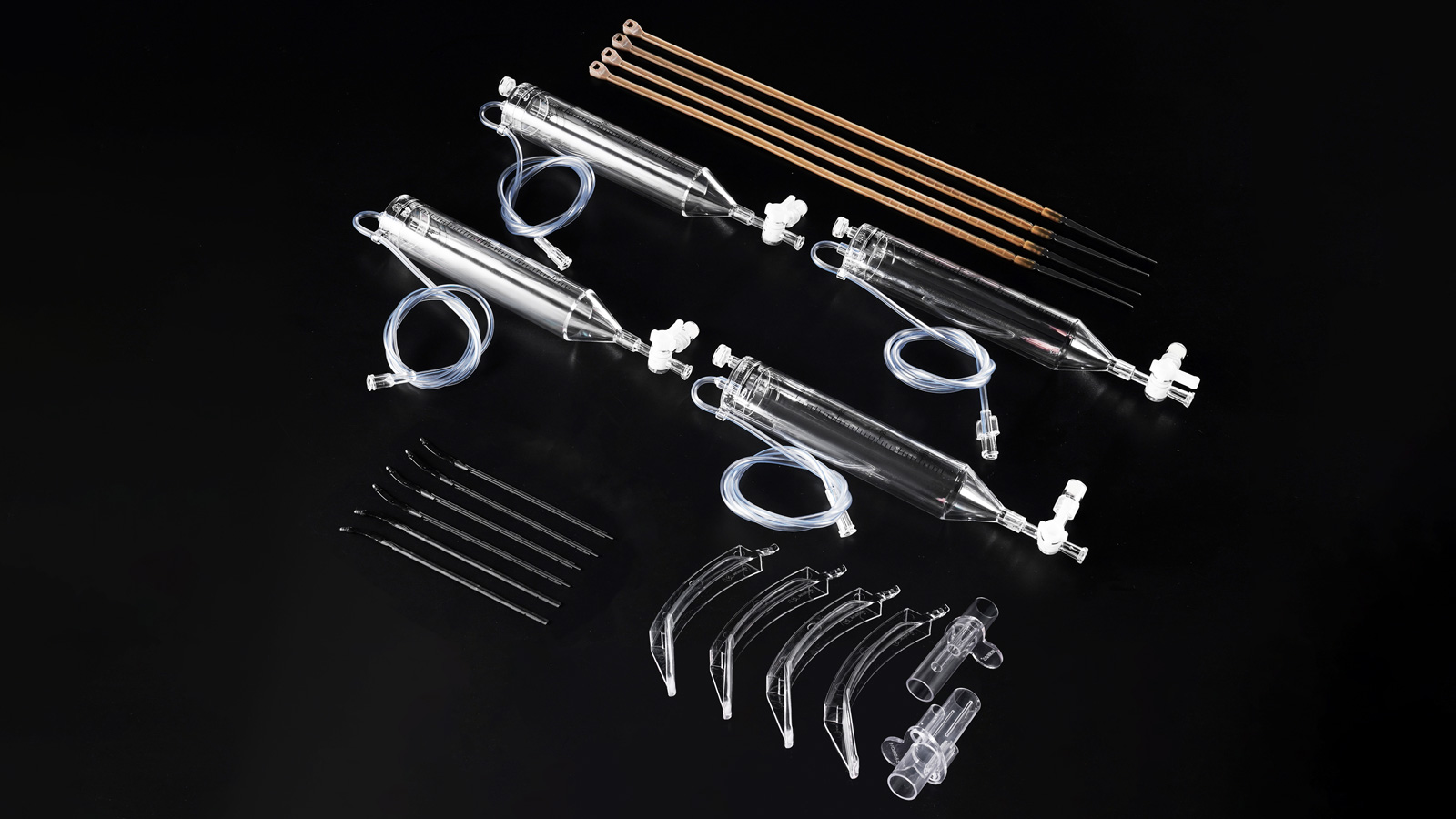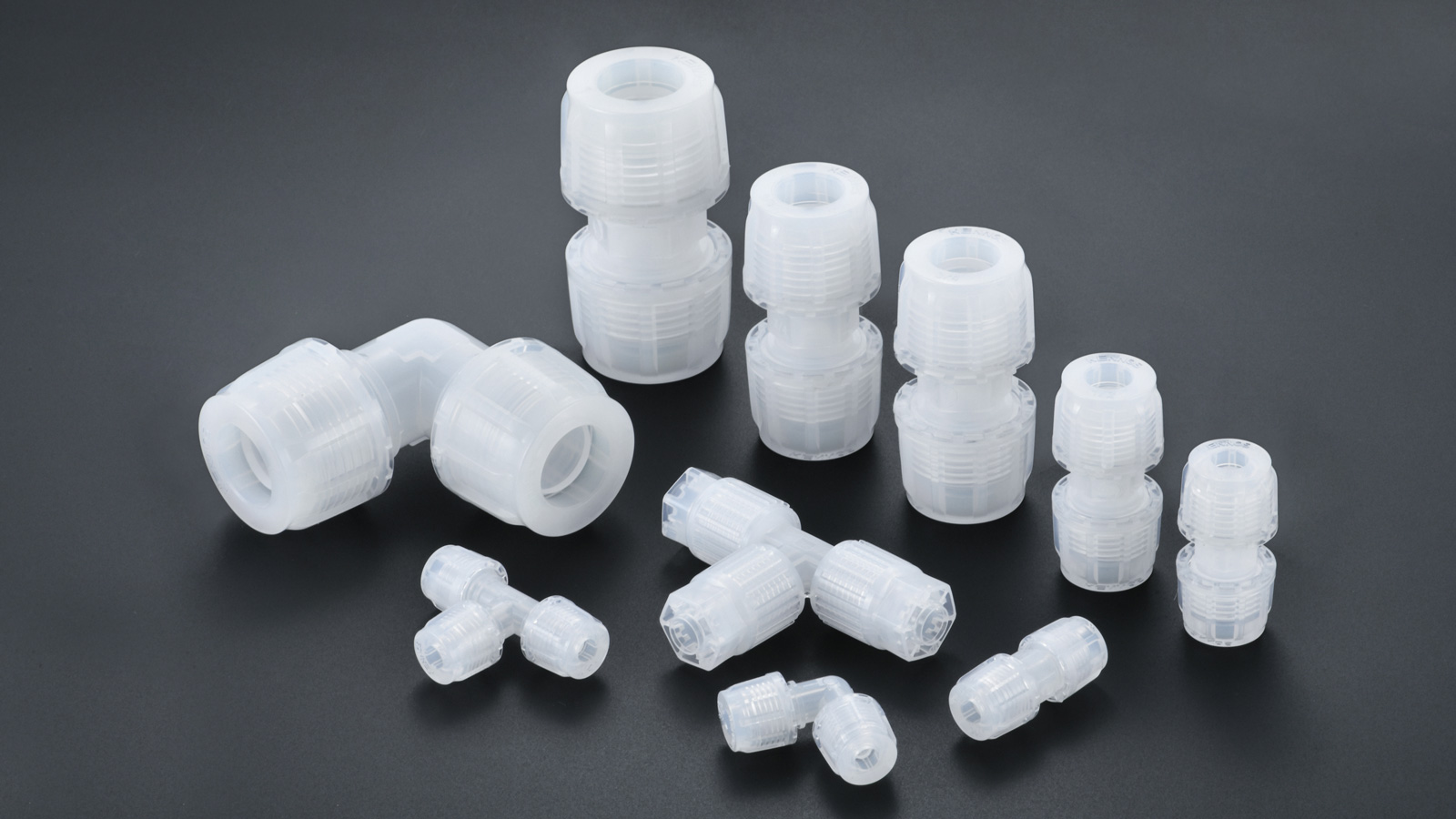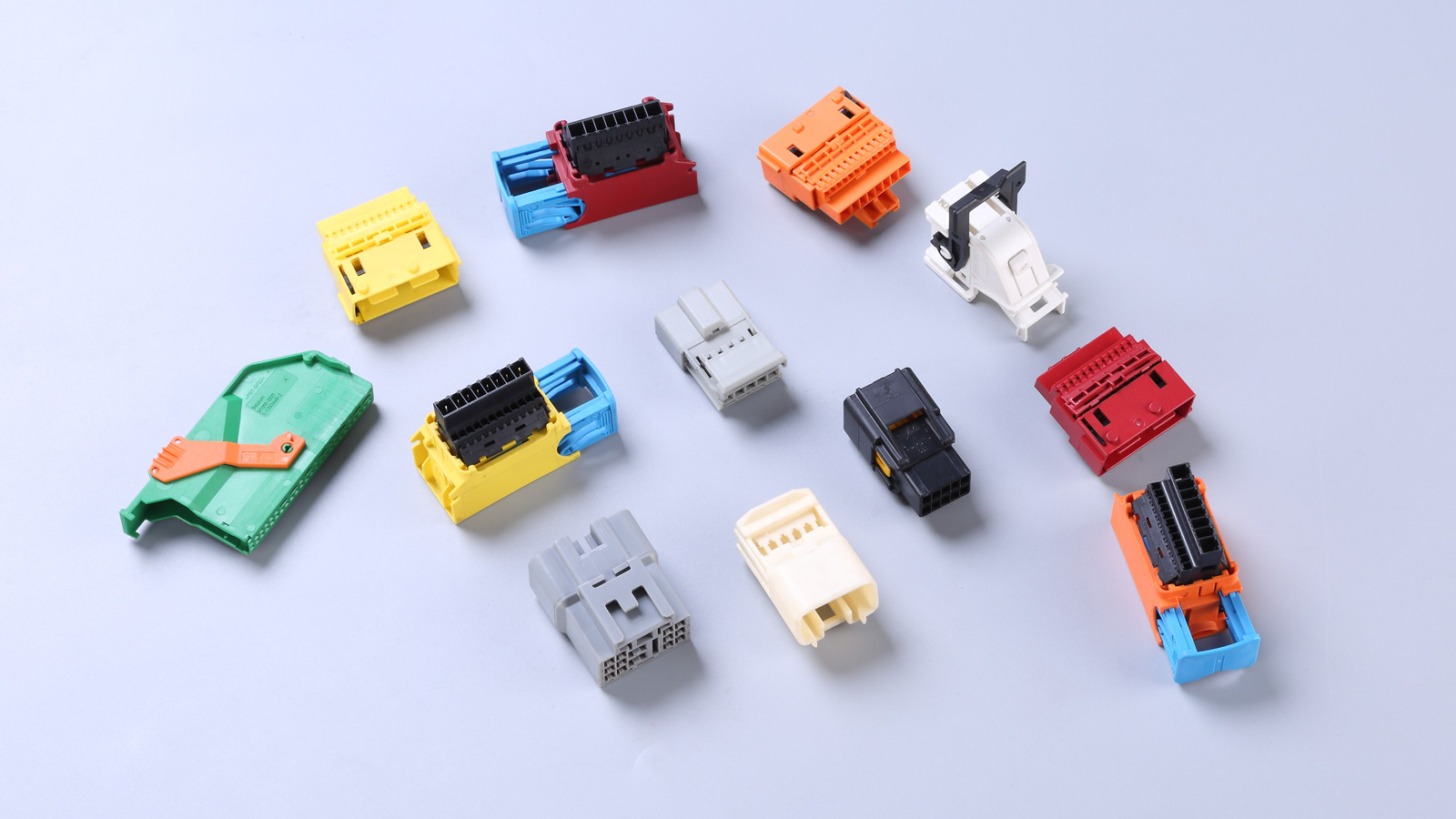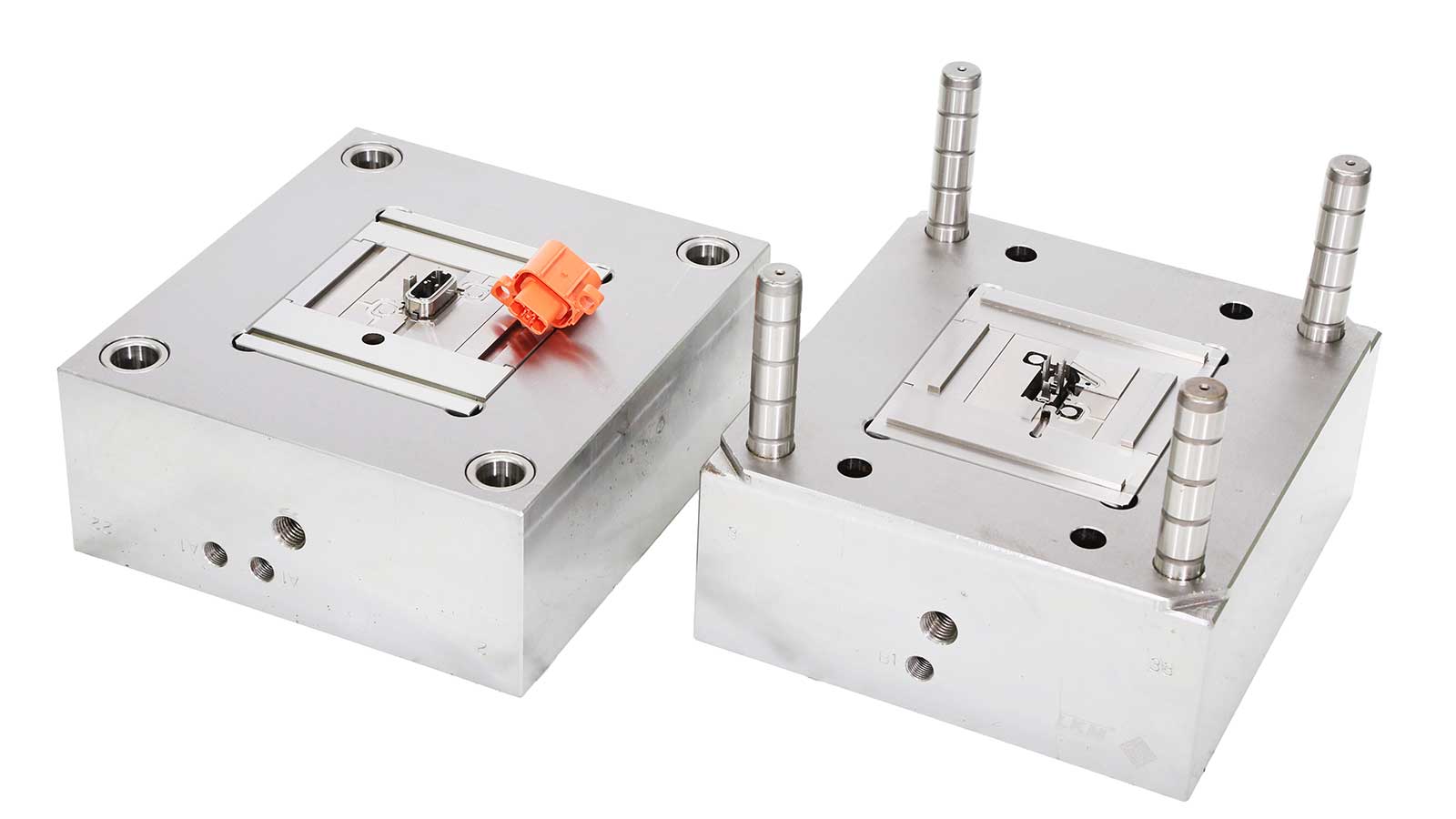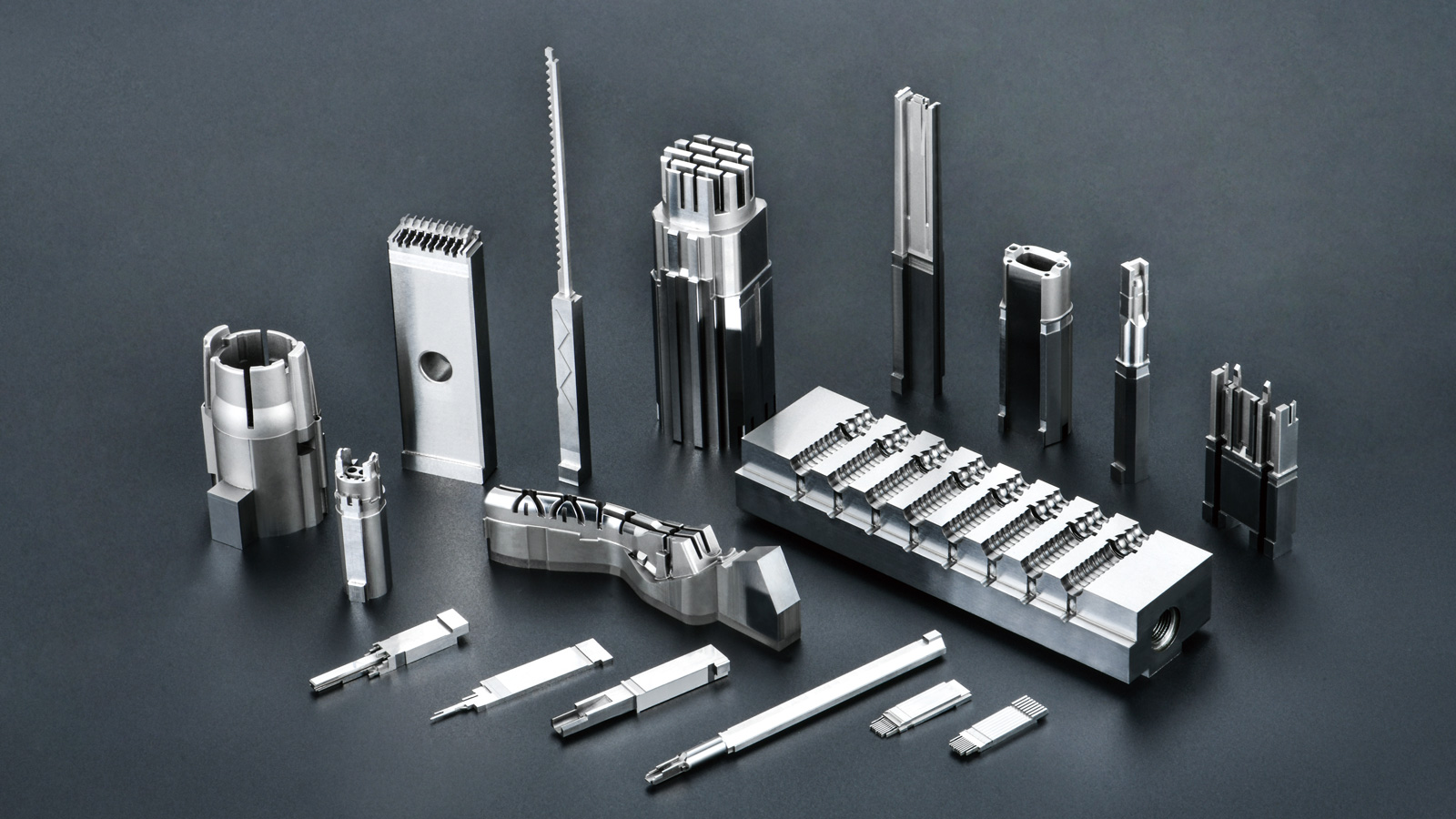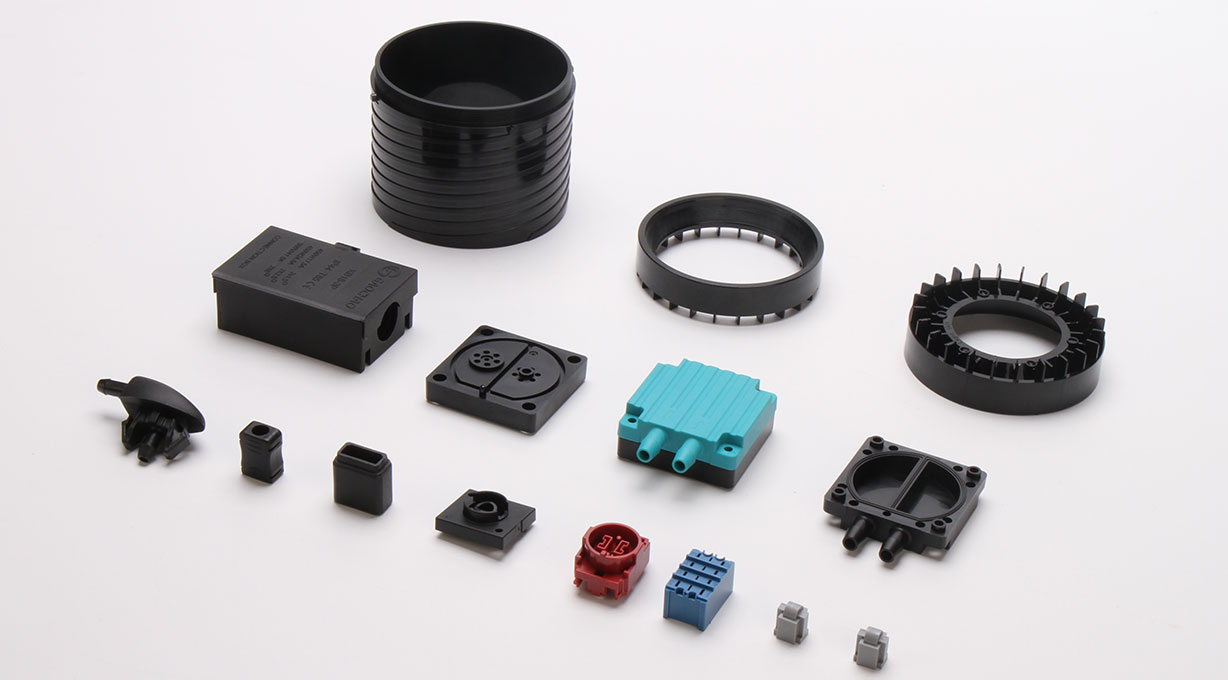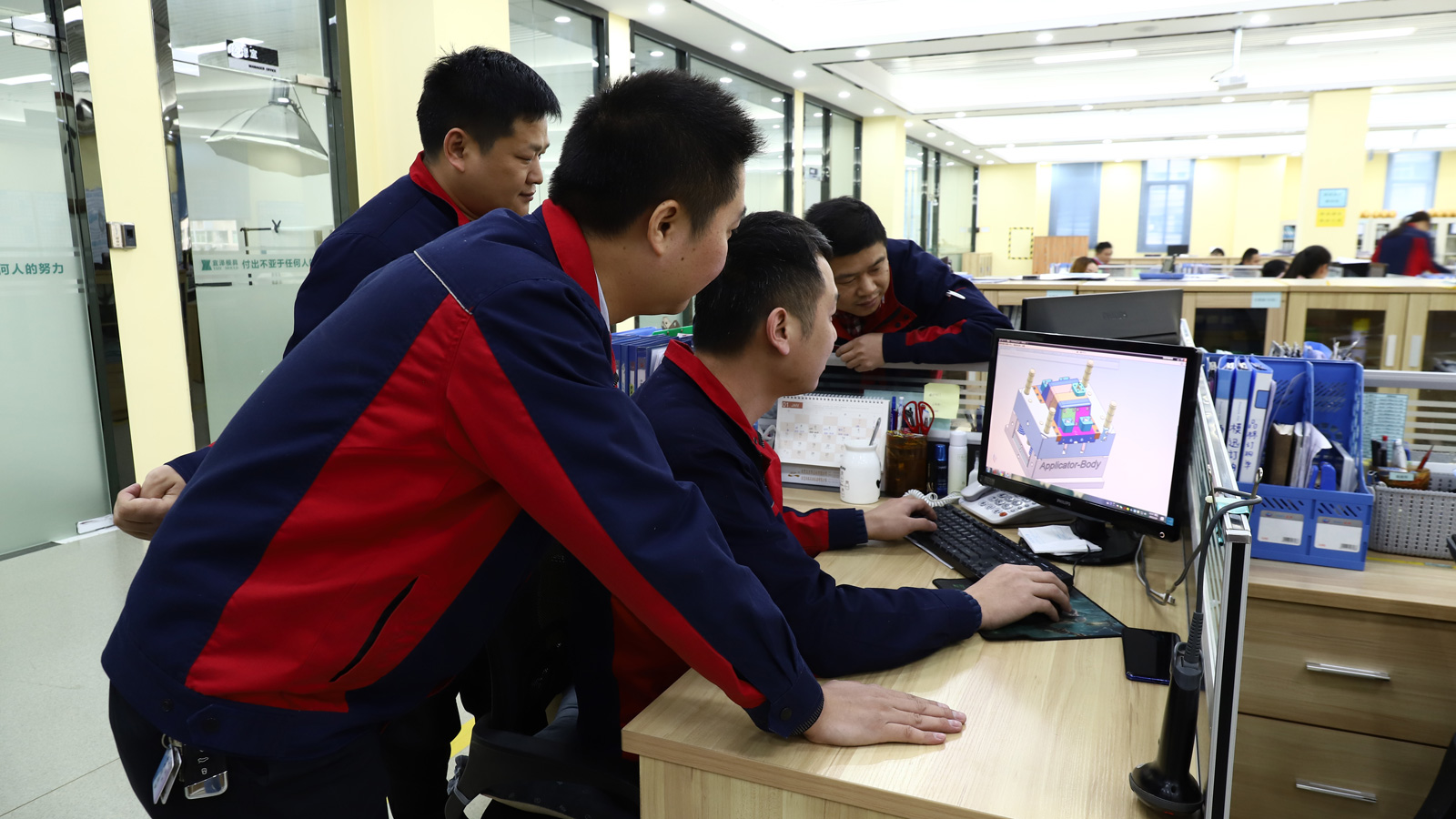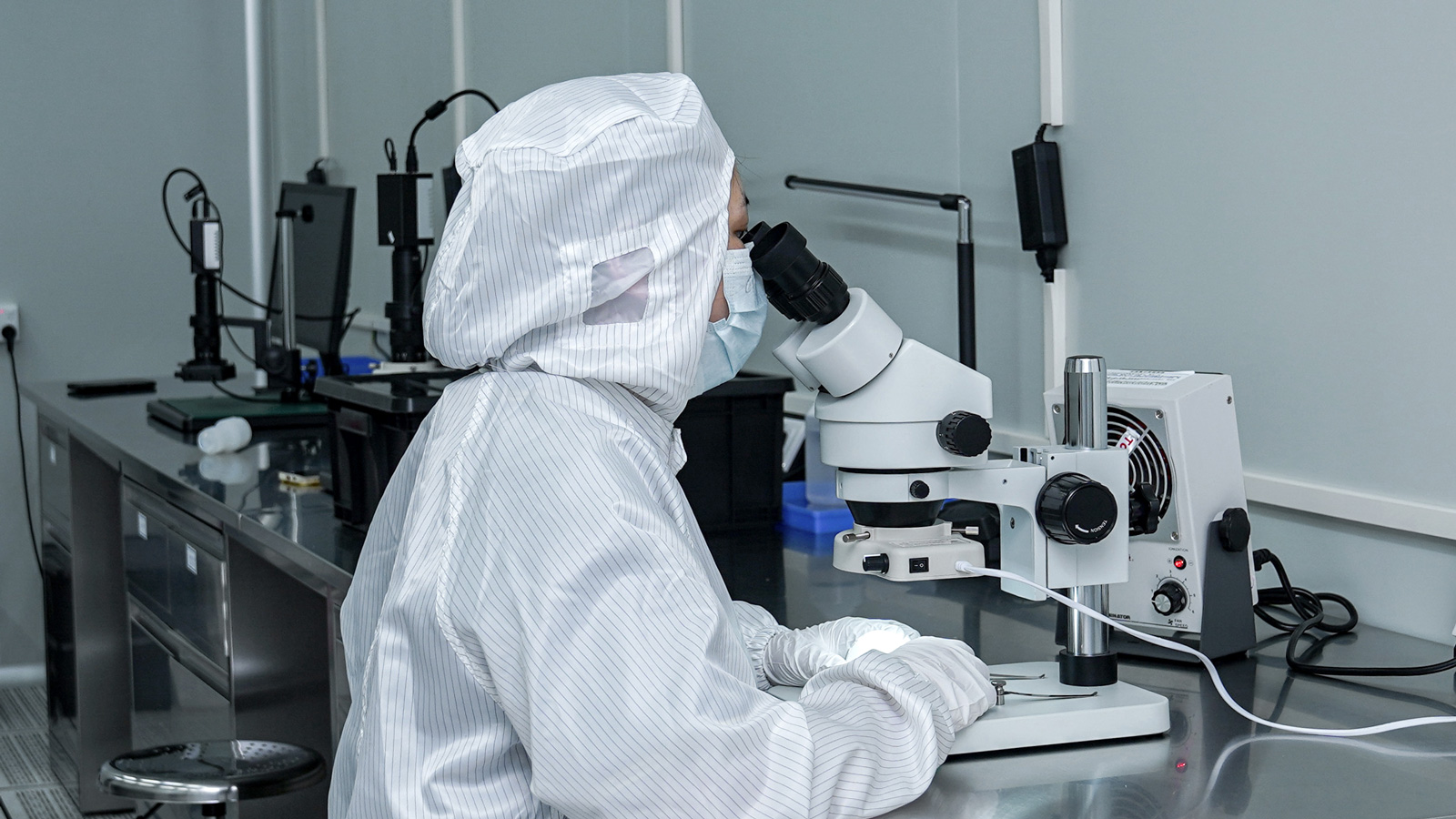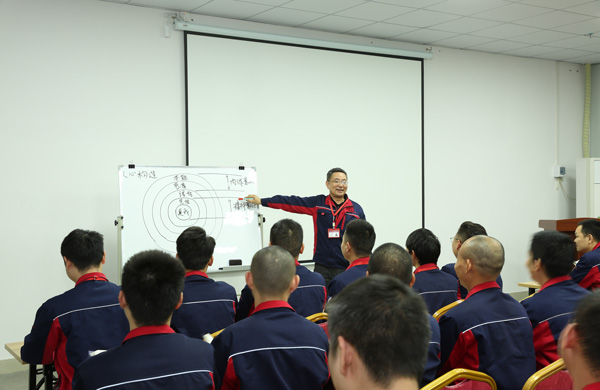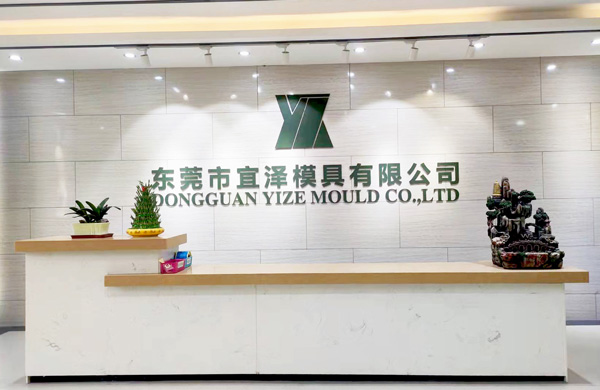In the fields of materials science and injection molding, PC+ABS stands out as an ideal choice for product manufacturing due to its unique performance advantages. Today, let’s delve into the characteristics of PC+ABS material and its closely related injection molding process.
1. PC+ABS Material: A “Powerhouse Combination” with Outstanding Performance
PC+ABS is a thermoplastic alloy made by combining PC (polycarbonate) and ABS (acrylonitrile-butadiene-styrene copolymer), seamlessly integrating the excellent properties of both materials.
PC is a new type of thermoplastic with a remarkable 90% transparency, earning it the nickname “transparent metal.” It is extremely rigid, boasting high impact strength, high dimensional stability, and the ability to maintain performance across a wide temperature range. Additionally, it possesses good electrical insulation, heat resistance, and non-toxic properties.
ABS, on the other hand, is a tough and rigid thermoplastic, a blend or terpolymer of acrylonitrile, butadiene, and styrene. Styrene endows ABS with outstanding moldability, gloss, and rigidity, enabling it to be easily shaped into various forms with a smooth and aesthetically pleasing surface. Acrylonitrile imparts excellent heat and chemical resistance, along with superior surface hardness. Butadiene contributes significant impact strength and low-temperature resilience, ensuring good toughness even in cold environments.
When PC and ABS are combined into PC+ABS, it’s like a powerful alliance, retaining PC’s high strength, transparency, and heat resistance while also incorporating ABS’s good processability and toughness, offering more possibilities for product manufacturing.
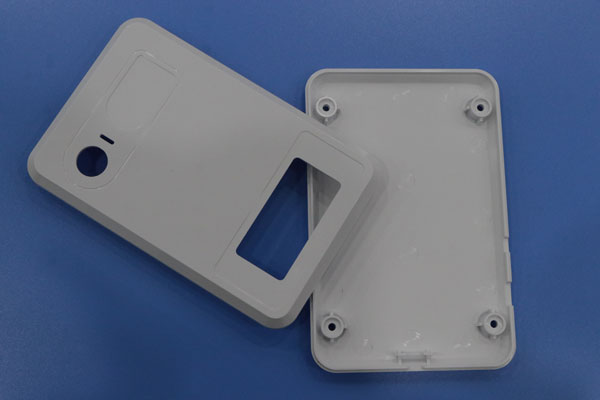
2. PC+ABS Material: A “Versatile Player” with Wide Applications
Thanks to its outstanding performance, PC+ABS material finds extensive applications in numerous fields.
In the automotive industry, it is commonly used to manufacture automotive decorative parts, lamp covers, handles, and other components. Automotive decorative parts not only need to be aesthetically pleasing but also capable of withstanding certain impacts and temperature variations, which PC+ABS material can easily meet. Lamp covers require good transparency and heat resistance to ensure normal operation under various conditions, and PC+ABS material is up to the task.
In the consumer and commercial electronics sectors, PC+ABS material is equally indispensable. It is often used to manufacture the casings of computers, peripherals, and mobile phones. It can guarantee both the appearance quality and sufficient strength and durability of the products.
Moreover, PC+ABS material can also replace PC to produce thin-walled products and those with long flow paths. It plays a crucial role in the manufacturing of camera components, instrument panels, fan covers, helmet shells, nuts, radiator grilles, casings for computers and optical instruments, hair dryers, coffee makers, and other products.
3. Injection Molding Process of PC+ABS: The “Art” of Precise Control
To fully leverage the excellent performance of PC+ABS material, precise control of the injection molding process is of utmost importance.
Drying Treatment: Before processing, PC+ABS material must be dried to maintain a moisture content below 0.04%. The recommended drying conditions are 90°C – 110°C for 2 – 4 hours. This is because PC+ABS material is sensitive to moisture, and excessive moisture can affect the quality and performance of the products.
Barrel Temperature: The temperature of the feed section should be controlled at 50 – 70°C (usually 70°C). An appropriate feed section temperature facilitates the smooth conveyance of the material.
Melting Temperature: The melting temperature ranges from 230 – 300°C. Within this temperature range, the material can fully melt, facilitating subsequent injection molding.
Constant Barrel Temperature: Maintaining a constant barrel temperature of 200°C helps stabilize the melting state of the material, ensuring consistent product quality.
Mold Temperature: The mold temperature should be controlled at 70 – 90°C. An appropriate mold temperature allows the product to better cool and set during the molding process, reducing internal stress and deformation.
Injection Pressure: The injection pressure is typically 80 – 150MPa (800 – 1500bar). Sufficient injection pressure ensures that the material fully fills the mold cavity.
Holding Pressure: The holding pressure is set at 40% – 50% of the injection pressure to effectively prevent product shrinkage. Meanwhile, to minimize internal stress in the product as much as possible, the back pressure should be set as low as possible, i.e., 5 – 10MPa (50 – 100bar), to avoid generating excessive frictional heat.
Injection Speed: Generally, a medium injection speed is applied to optimize frictional heat. For certain products, multi-stage injection from slow to fast is recommended to better control the filling process of the material and improve product quality.
Screw Speed: The screw speed should achieve a linear speed of 4.0m/s. An appropriate screw speed ensures uniform plasticization and stable conveyance of the material.
Screw Back Position: The screw back position is (1.0 to 3.0)D. Since the melt is sensitive to overheating and prolonged residence time in the barrel can affect material performance, the screw back position needs to be reasonably controlled.
Residence Time: The residence time of the material in the barrel should not exceed 6 minutes, and the residence time in the hot runner should also be as short as possible. The cushion amount is 2 to 5mm, depending on the screw’s retraction position, to reduce the material’s residence time in the barrel and ensure product quality.
In conclusion, PC+ABS material, with its unique properties and wide applications, stands out as a leader in the materials field. Precise injection molding processes are the key to fully unlocking its performance potential. Hopefully, through today’s introduction, you can gain a deeper understanding of PC+ABS material and its injection molding process.
